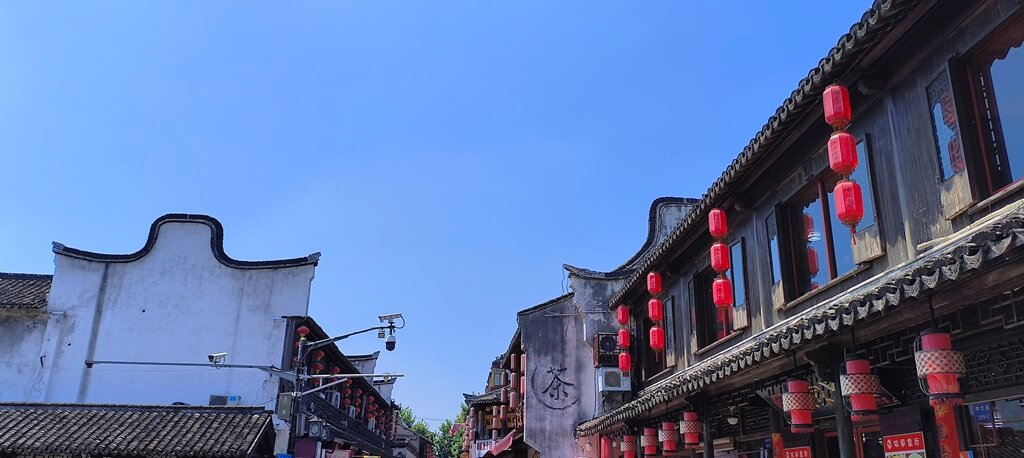The fashion industryis a battlefield, and in recent years, the battle has been waged primarily on thefrontlines of price. Fast fashion giants like H&M and Forever 21 have aggressively slashed prices, driving down profit margins and forcing competitors to follow suit.Yet, amidst this cutthroat competition, Zara, the Spanish fashion behemoth, has managed to not only survive but thrive. How has Zara escaped the price warand maintained its position as a global fashion leader?
The answer lies in Zara’s unique business model, one that prioritizes speed, agility, and a relentless focus on customer needs. While competitors focus on lowering prices, Zara has doubled down on itscore strengths: fast fashion and vertical integration.
1. Speed and Agility: The Fast Fashion Advantage
Zara’s success is built on its ability to rapidly translate runway trends into affordable, fashionable clothing. The company’sdesign, production, and distribution processes are tightly integrated, allowing it to bring new designs to stores within weeks, often just two weeks. This rapid turnaround time allows Zara to respond quickly to changing consumer tastes and trends, keeping its inventory fresh and exciting.
2. Vertical Integration: Controlling the Supply Chain
Unlikemany fast fashion brands that rely on outsourcing for production, Zara maintains a high degree of vertical integration. This means that Zara controls most stages of its supply chain, from design and manufacturing to distribution and retail. This control allows Zara to optimize its production processes, reduce lead times, and maintain tight quality control.
3.Data-Driven Design: Understanding the Customer
Zara’s design teams are constantly monitoring customer feedback and sales data. This data informs their design decisions, ensuring that they are creating clothing that customers actually want to buy. Zara’s stores are also designed to gather customer data, with strategically placed cameras and sales staff trained toobserve customer behavior. This data is then used to refine designs and predict future trends.
4. Limited Edition Collections: Creating a Sense of Urgency
Zara’s limited edition collections create a sense of urgency and exclusivity. Customers know that once a particular item is gone, it’s gone for good. Thisstrategy encourages impulse purchases and keeps customers coming back for more.
5. Premium Pricing: Maintaining Brand Value
Despite its fast fashion approach, Zara does not engage in price wars. Instead, it maintains premium pricing, reflecting the quality and desirability of its products. This strategy has helped Zara to build a strong brandimage and maintain its position as a premium fast fashion retailer.
6. Minimal Marketing: Focusing on the Product
Zara invests very little in traditional advertising and marketing. Instead, it relies on word-of-mouth and its strong brand image to attract customers. This strategy allows Zara to focus its resources on product development andinnovation.
7. Global Expansion: Reaching New Markets
Zara has a strong global presence, with stores in over 90 countries. This global expansion has allowed the company to tap into new markets and reach a wider customer base.
Zara’s success is a testament to the power of a well-executed business model. By prioritizing speed, agility, and a deep understanding of its customers, Zara has managed to escape the price war and carve out a unique position in the competitive fast fashion market.
Looking forward, Zara faces new challenges. The rise of online retailers and the increasing popularity of sustainable fashion are forcingthe company to adapt. However, Zara’s commitment to innovation and its strong brand image suggest that it is well-positioned to navigate these challenges and continue its success in the years to come.
Views: 0
